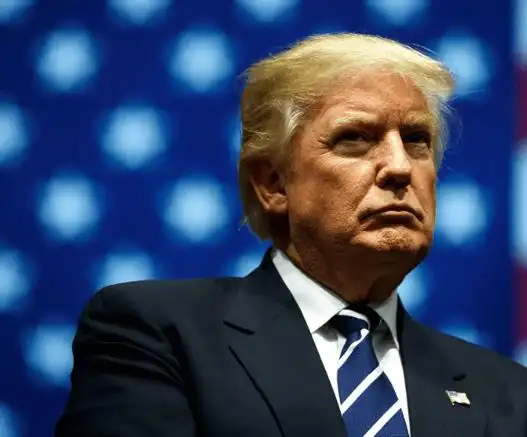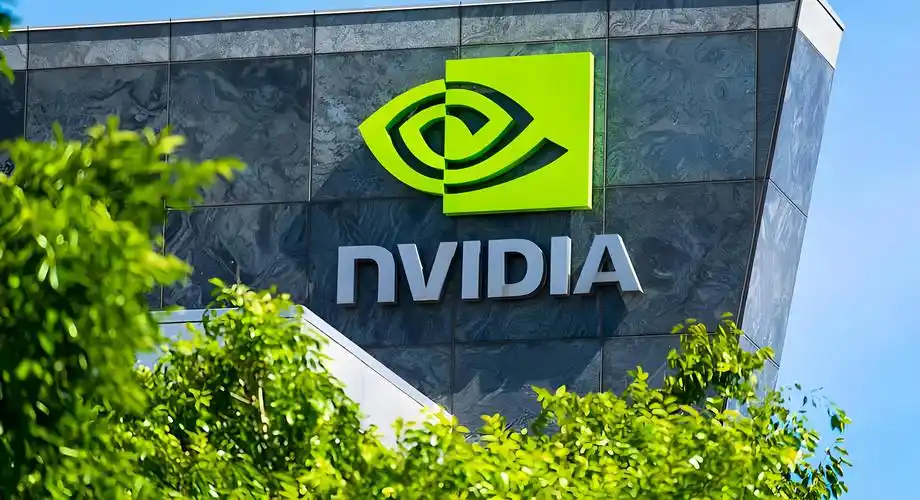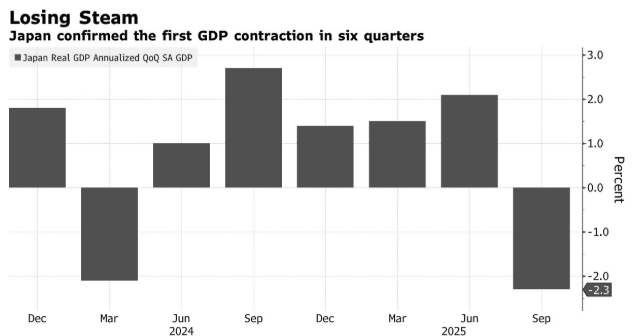Indian Prime Minister Narendra Modi discussed trade issues with the Brazilian prime minister and is expected to visit China in August for the first time in seven years against the backdrop of deteriorating Sino-US relations.
In a statement, the Brazilian government said that President Luiz Inácio Lula da Silva and Modi discussed the issue of unilateral tariffs imposed on both countries during their nearly one-hour phone call on Thursday and reaffirmed their plan to strengthen trade relations.
Although Donald Trump was not named, the Lula government pointed out that “so far, Brazil and India are the two countries most severely affected by the wave of tariffs initiated by the US leader.”
As the matter involves internal affairs, these officials declined to give their names. The Shanghai Cooperation Organization summit is scheduled to be held in Tianjin from August 31 to September 1.
The Indian Ministry of Foreign Affairs did not immediately respond to an email seeking further comment.
Although Modi’s phone call with Lula and his visit to China had been arranged long ago, they have become particularly important after Trump announced a 50% tariff on India to punish it for its trade barriers and purchase of Russian oil. India has stated that it will not stop buying Russian energy and called the US tariff “unreasonable”.
When asked on Thursday about the possibility of speeding up trade talks with India, Trump replied, “No, not until we solve this problem.”
India, Brazil, China and Russia are the founding members of the BRICS group. Trump criticized the group for being anti-American. Brazil was also hit with a 50% tariff by the US leader.
Strengthening commercial ties between Brazil and India was a key topic during Modi’s visit to Brasilia in July. During their call on Thursday, Lula and Modi also agreed to expand the trade agreement between India and Mercosur, the South American customs union that includes Brazil.
According to Brazil’s statement, the call confirmed Lula’s plan to visit India next year. The two sides also discussed Brazil’s virtual payment system, including Pix, which is currently under investigation by the United States for trade.
The rupee will be under pressure, but domestic and foreign stock market investors seem relatively optimistic. Kevin Carter, founder and chief investment officer of EMQQ Global, an investment management and research firm based in San Francisco, told me via email that India’s exports to the United States account for less than 3% of its GDP, and its expected growth of 6-7% in the coming years will be more driven by domestic factors such as demographics, urbanization, formalization and digitalization.
This prediction could take a major hit. Preliminary estimates from Bloomberg Economics show that if a 25% tax is imposed on temporarily tax-exempt industries such as pharmaceuticals and electronics, the overall impact on India’s GDP growth in the medium term could be around 1.1%.
Meanwhile, according to my colleagues in Delhi, the Modi government is striving to find ways to support affected Indian exporters.


